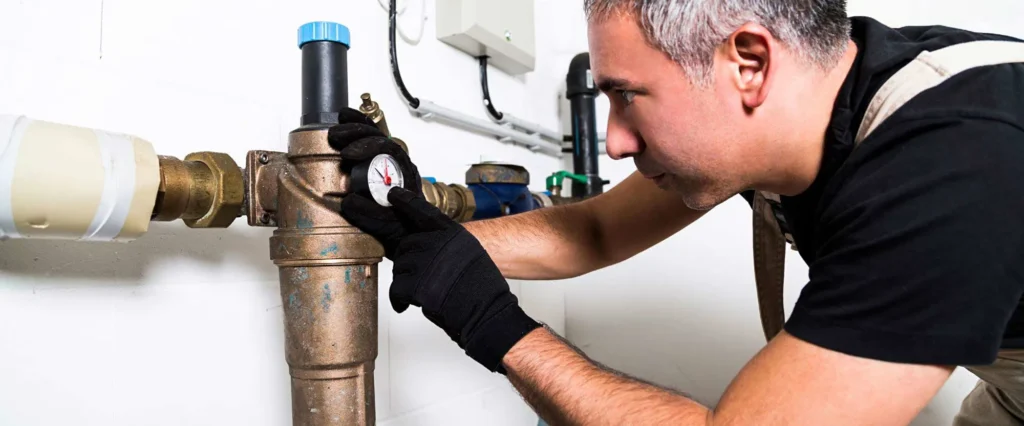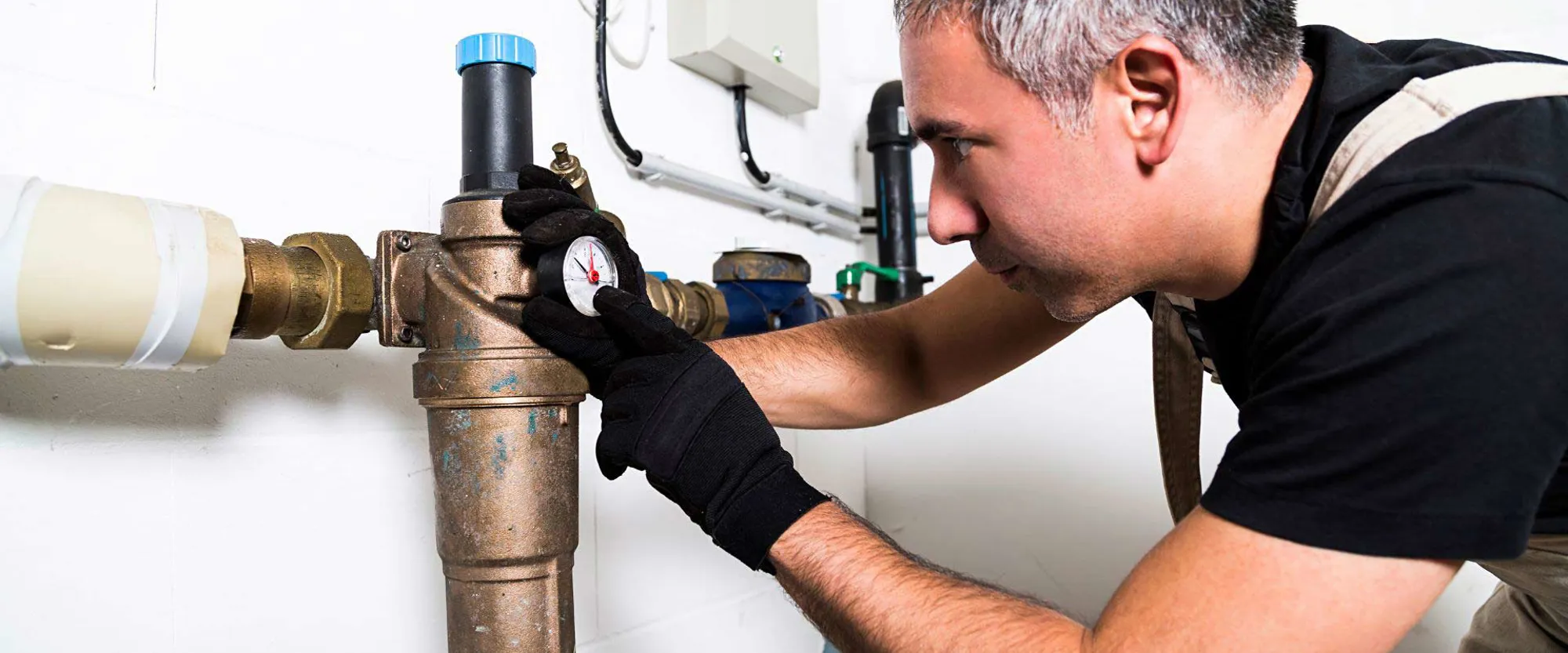When many veterans think about the GI Bill, they picture college lecture halls and four-year degrees. But in reality, the GI Bill is one of the most powerful tools for getting into the skilled trades — careers that pay well, are in demand, and don’t require you to sit in a classroom for years.
This guide will walk you through how to use your GI Bill to get into the trades, what kinds of programs qualify, and how to start your new career as soon as possible.
Why Consider the Skilled Trades?
Skilled trades include jobs like:
- Electricians
- Plumbers
- HVAC technicians
- Welders
- Automotive mechanics
- Carpenters
- Heavy equipment operators
These jobs often:
- Pay well — many trades start at $20–$30/hour and can rise quickly to $40-$50/hour.
- Offer job security — demand for tradespeople is strong nationwide.
- Value hands-on work — perfect for veterans who like physical, practical tasks.
- Allow for self-employment — many tradespeople run their own businesses.

How the GI Bill Covers Trade Training
The Post-9/11 GI Bill can be used for more than traditional college:
- Trade schools — private or public schools teaching skilled trades.
- Apprenticeships — hands-on training with classroom instruction.
- On-the-Job Training (OJT) — working for an employer while learning the trade.
- Non-college degree programs — certifications, licenses, and diplomas.
If the program is VA-approved, the GI Bill can pay:
- Tuition and fees (sometimes directly to the school)
- A monthly housing allowance (MHA)
- Books and supplies stipend
Step 1: Choose Your Trade
Start by deciding which trade fits your interests, skills, and lifestyle. Consider:
- Do you want indoor or outdoor work?
- Do you prefer physical labor, precision work, or operating machinery?
- Are you comfortable with heights, heat, or confined spaces?
Step 2: Find VA-Approved Programs
Use the VA’s WEAMS Institution Search (Web Enabled Approval Management System) to find:
- Trade schools near you
- Apprenticeships
- OJT programs
Tips:
- Search both “Non College Degree” programs and “Apprenticeship” listings.
- Filter by your state to make it manageable.
- Check both public and private options — some private trade schools have strong placement rates.
Step 3: Understand the Pay and Benefits
For Trade School
- GI Bill covers tuition, books, and gives you an MHA based on the school’s ZIP code.
- You focus full-time on learning, then enter the job market.
For Apprenticeship or OJT
- You earn a paycheck from your employer and receive an MHA.
- MHA starts at 100% for the first six months, then drops by 20% every six months until the program ends (as your wages rise).
- You get real-world experience from day one.
Step 4: Apply and Certify Your Benefits
- Apply for your GI Bill benefits online at VA.gov.
- Choose your program and enroll.
- Have the school or employer’s VA Certifying Official submit your enrollment to the VA.
- Track your payments through your VA.gov account.
Step 5: Make the Most of Your Time in Training
- Network with instructors, classmates, and employers — this often leads to job offers.
- Learn about certifications in your trade — some are worth getting before graduation.
- Keep your resume updated as you gain skills.
Trades That Are Popular with Veterans
- Electrician — strong pay, variety of work, self-employment potential.
- HVAC Technician — steady demand, especially in hot/cold climates.
- Plumber — recession-proof, high earning potential.
- Welder — opportunities in construction, manufacturing, shipbuilding.
- Automotive Mechanic — from dealerships to independent shops.
- Heavy Equipment Operator — often union jobs with strong benefits.
- Carpenter — residential, commercial, or specialized woodwork.
GI Bill Success Tips
- Start early — Begin researching programs before separation so you can enroll quickly.
- Use your housing allowance wisely — It’s a safety net while you learn.
- Ask about credit for military experience — Some programs shorten your training.
- Plan for the long term — Think about where you want to work after training.
Frequently Asked Questions (FAQ)
Q: Can I use the GI Bill for any trade school?
A: No — the school or program must be VA-approved. Use the VA’s WEAMS search tool to confirm eligibility before enrolling.
Q: Can I use the GI Bill while working in an apprenticeship?
A: Yes — the GI Bill can supplement your income during an apprenticeship or OJT program. Your MHA will gradually decrease as your wages increase.
Q: Do I still get a housing allowance if I’m in trade school?
A: Yes — the MHA is based on the school’s ZIP code and your enrollment status (full-time or part-time).
Q: Can I use the GI Bill for online trade programs?
A: Possibly, but the MHA for online-only courses is lower than in-person programs. Hybrid options often give you the full allowance.
Q: What happens if I don’t finish my program?
A: You’ll stop receiving GI Bill benefits once you’re no longer enrolled. You may also lose eligibility if you’ve used up your months of entitlement.
Q: Can my GI Bill cover licensing or certification fees?
A: Yes — you can use part of your benefits to pay for approved licensing and certification tests related to your trade.
Final Thoughts
The skilled trades are an excellent option for veterans who want to build a stable, hands-on, and well-paying career. Your GI Bill can cover the training cost, provide housing assistance, and let you transition smoothly from military service to civilian employment.
By choosing a trade you enjoy and enrolling in a VA-approved program, you can start working toward a career that offers both financial security and personal satisfaction — without years of debt or classroom time.
